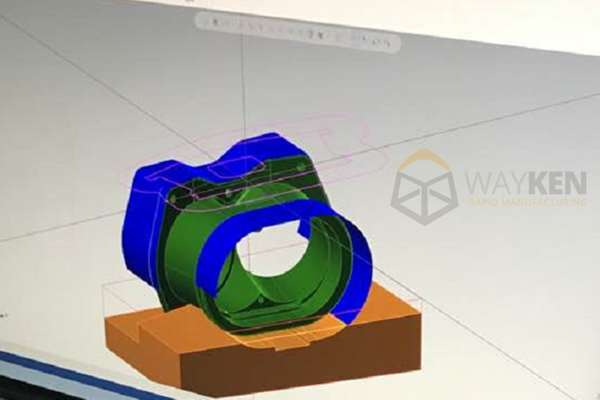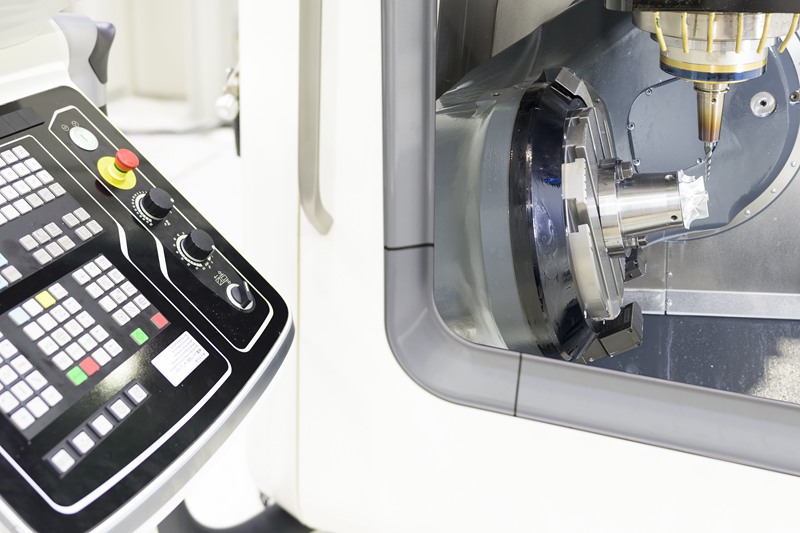- July 27, 2021
As a manufacturer of prototype machining, we have advanced CNC equipments and we are very good at machining workpieces with more complex structures. Before the workpiece is put on the machine, the engineer will usually simulate the machining process route and the principles referred to are as follows.
the principles of machining process route reference
1.First processing reference surface
Parts in the process, as a positioning reference surface should first be processed out, in order to provide a benchmark for the subsequent processes as soon as possible.
2.Dividing processing stages
Surfaces with high processing quality requirements are divided into processing stages, generally can be divided into roughing, semi-finishing and finishing three stages. The purpose is mainly to render certain the quality of processing; It is conducive to rational use of equipment; It provides convenience to the arrangement of heat treatment process; and facilitates the timely detection of defects in the raw material, etc.
3.First surface after the hole
For the housing parts, brackets and connecting rods and other parts, flat surfaces should be machined first before holes. This can be positioned with the flat surfaces to process the hole, to render certain the positional accuracy of the flat surface and hole, and to bring convenience to the processing of the hole on the flat surface.
4.The finishing process should be arranged in the last stage
The finishing process of the main surfaces, such as grinding, honing, fine grinding, rolling processing and other finishing processes, should be placed at the last stage of the machining process route. When the surface roughness of the workpiece after machining is below Ra 0.8, slight collision can damage the surface. Direct contact with the workpiece by hand or other parts after the finishing process is normally not permitted to avoid damage to the surface due to transfer between processes and mounting between workpieces.

After introducing the general situation of machining process arrangement, then introduce the following principles when encountering certain specific situations.
Things you need to consider when developing a machining process route
1.Roughing and finishing separately
Because the workpiece in rough machining, the cutting tool cutting volume is very large, The workpiece will be subjected to great cutting and clamping forces, the surface of the workpiece will generate a lot of heat and thus cause the surface of the more significant machining hardening phenomenon, then there will be a large internal stress of the workpiece. If roughing and finishing are performed continuously, the internal stresses of the finished part will be redistributed, which will cause the dimensional accuracy of the workpiece to exceed the limits. For some custom machined parts with high precision requirements, low temperature annealing or aging process is usually arranged after rough machining and before finishing, so as to eliminate the internal stress of the parts.
2.A reasonable selection of equipment
Roughing is mainly to cut off the machining allowance of the workpiece, and the requirement for machining accuracy is not very high, so roughing should be in the machine tool that the power is high and accuracy is not too high. Finishing process requires high precision of machine tool. Rough machining and fine machining are arranged in machine tools of different precision for processing, which can not only give full play to the capacity of equipment, but also extend the service life of precision machine tools.
3.The heat treatment process is often arranged
(1) Annealing, normalizing, tempering before machining can improve the cutting performance of the metal;
(2) Aging treatment, tempering after rough machining can eliminate the internal stress of the workpiece and before finishing;
(3) Carburizing, quenching, tempering after machining can improve the mechanical properties of the part. If the workpiece has very large deformation after heat treatment, another final machining process needs to be arranged next.
Summary
When develop the machining process of the parts, due to the different types of production of parts, there are very different of the methods used to add, machine tools and equipment, clamps and gauges, blanks and technical requirements for workers.





